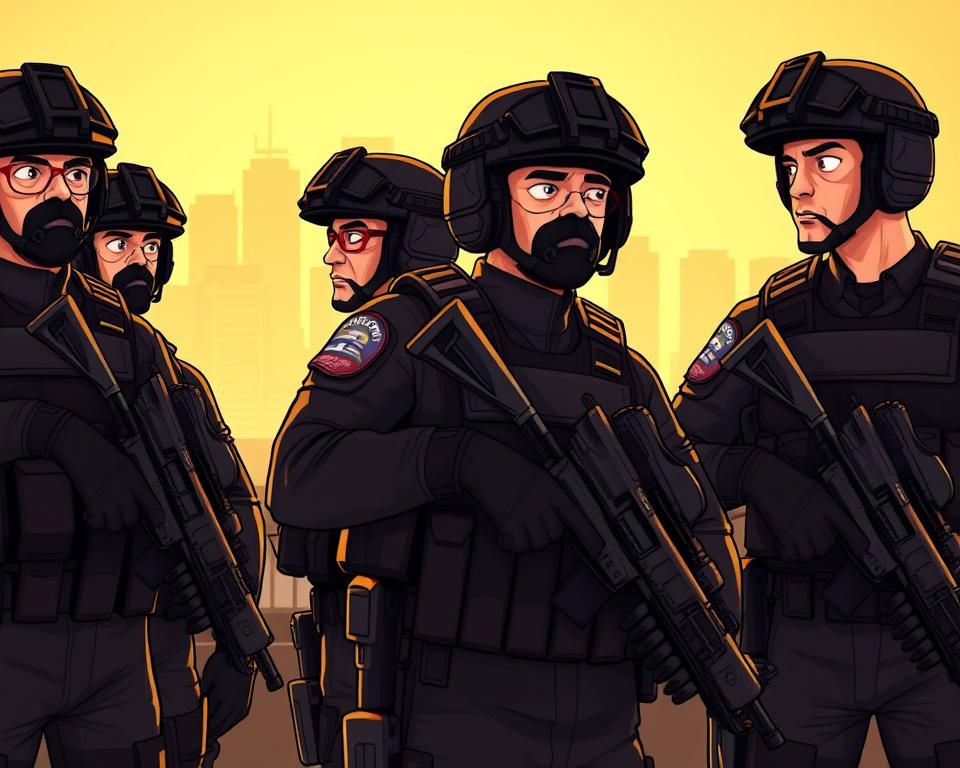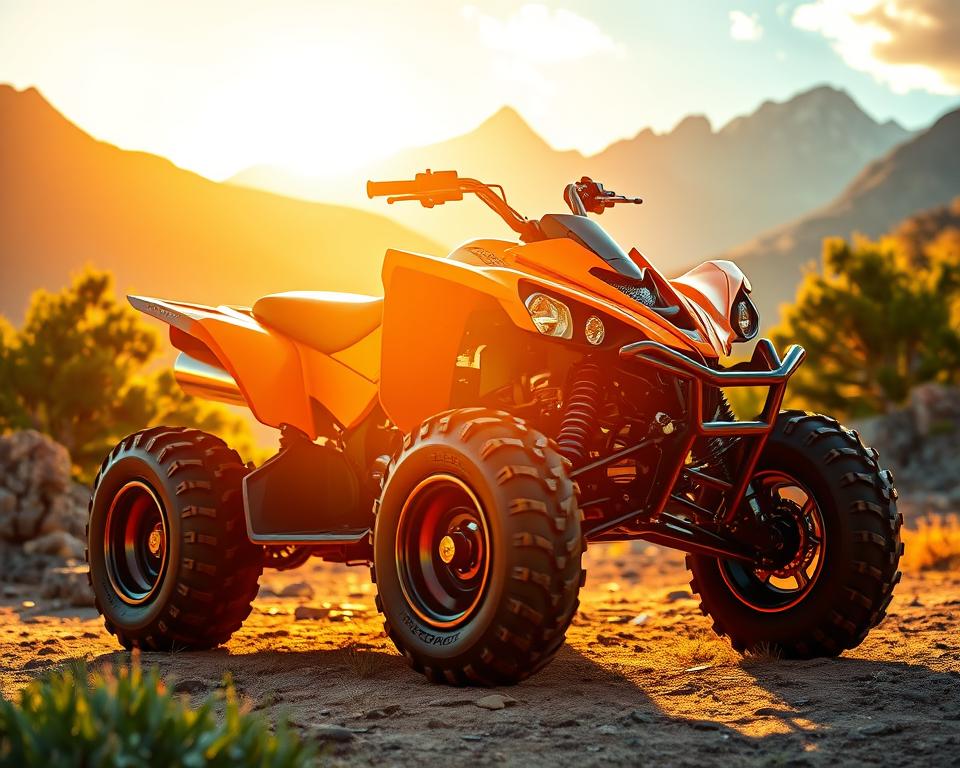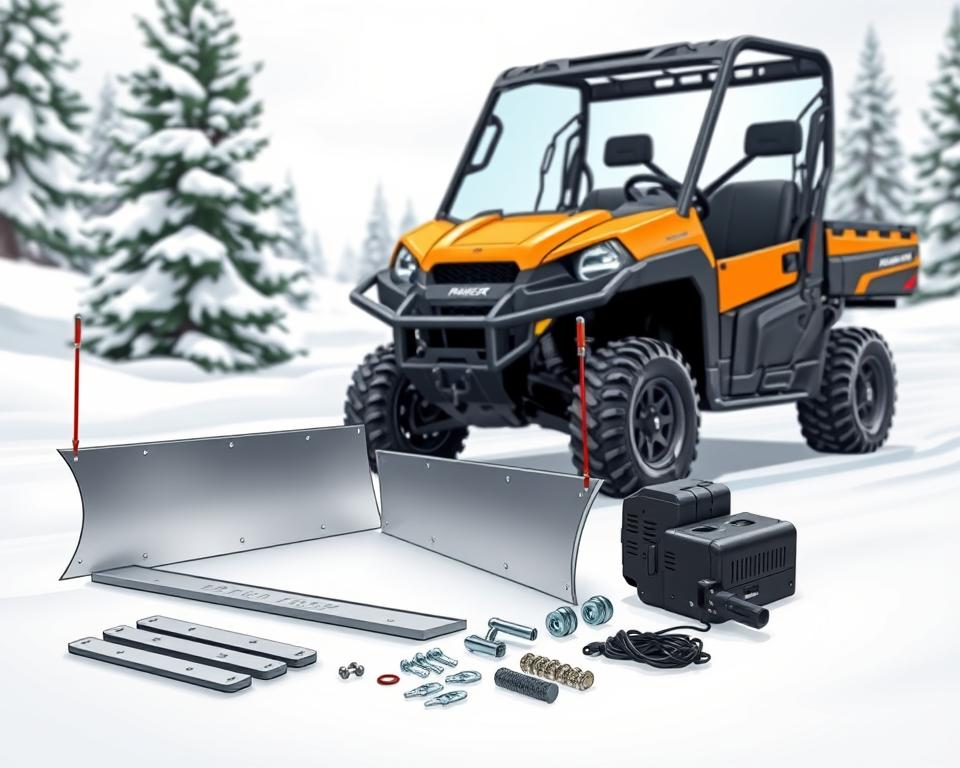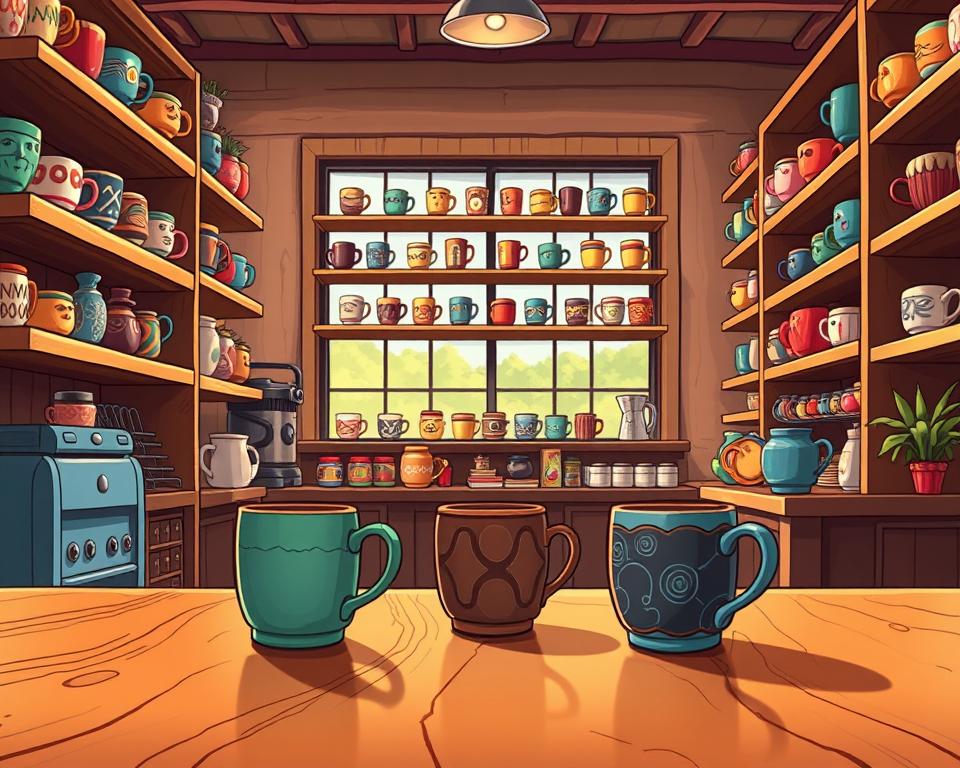Prototype CNC Manufacturing: Quick-Turn Prototyping Options
Quick fact in excess of two-fifths of device development teams slash release schedules by one-half using faster prototype workflows that mimic manufacturing?
UYEE Prototype provides a United States–focused capability that speeds design validation with instant price quoting, automated DfM feedback, and shipment tracking. Teams can obtain parts with an average lead time as short as 48 hours, so companies verify form/fit/function before tooling for titanium machining.
The capability set features advanced multi-axis milling and CNC turning plus sheet metal, SLA 3D printing, and fast molding. Post-processing and finishing come built-in, so parts arrive ready for testing and stakeholder demos.
This pipeline minimizes friction from drawing upload to finished parts. Broad material options and production-grade quality levels help engineers run representative mechanical tests while holding schedules and costs consistent.
- UYEE Prototype serves U.S. teams with quick, manufacturing-like prototyping options.
- On-demand quotes and auto manufacturability checks speed decisions.
- Common lead time can be as fast as two days for many orders.
- Challenging features supported through multi-axis milling and precision turning.
- >>Integrated post-processing ships components prepared for demos and tests.
Precision Prototype CNC Machining Services by UYEE Prototype
An attentive team with a turnkey process makes UYEE Prototype a reliable partner for tight-tolerance parts.
UYEE Prototype provides a streamlined, end-to-end services path from file upload to completed parts. The platform supports Upload + Analyze for on-the-spot quotes, Pay & Manufacture with secure payment, and Receive + Review via web tracking.
The engineering team advises on DfM, material selection, tolerance planning, and finishing paths. Multi-axis equipment and in-line inspections deliver repeatable accuracy so trial builds match both functional and cosmetic targets.
Engineering teams gain combined engineering feedback, scheduling, quality checks, and logistics in one cohesive package. Daily factory updates and hands-on schedule management maintain on-time delivery focus.

- Turnkey delivery: one vendor for quoting, production, and delivery.
- Process consistency: documented QC gates and standardized procedures produce consistent outcomes.
- Scalable support: from one-off POC parts to multi-piece batches for system-level evaluation.
Prototype CNC Machining
Fast, manufacturing-like machined parts cut weeks from R&D plans and surface design risks sooner.
Milled and turned prototypes increase iteration speed by avoiding extended tooling waits. Engineers can order limited batches and validate FFF in a few days instead of long cycles. This reduces program length and reduces late-phase surprises before mass production.
- Rapid iteration: bypass tooling waits and confirm engineering hypotheses sooner.
- Mechanical testing: machined parts offer precise tolerances and predictable material behavior for stress and thermal tests.
- Printing vs milled parts: additive is quick for visual models but can show anisotropy or lower strength in demanding tests.
- Injection trade-offs: injection and molded runs make sense at scale, but tooling expense often hurts early-stage choice.
- Choose CNC when: high-precision fit checks, assemblies needing exact feature relationships, and repeatable A/B comparisons.
UYEE Prototype guides the right approach for each stage, weighing time, budget, and fidelity to minimize risk and accelerate program milestones.
CNC Capabilities Built for Rapid Prototypes
Modern multi-axis mills and precision lathes let teams turn complex designs into testable parts quickly.
3-, 4-, and full 5-axis milling for challenging features
UYEE operates 3-, 4-, and full 5-axis milling centers that unlock undercuts, compound angles, and organic shapes for enclosures and mechanisms.
3–5 axis milling reduces setups and keeps feature relationships true to the original datum strategy.
Precision turning pairs with milling for concentric features, thread forms, and precision bores used in shafts, bushings, and fittings.
Deburring, edge-breaking, and secondary finishing make sure parts are safe for handling and ready for tests.
Tight tolerances and surface accuracy for performance testing
Toolpath strategies and refined cutting parameters balance speed with dimensional accuracy.
Machine selection and advanced medical device prototyping fixturing improve repeatability across multiple units so test data stays trustworthy.
UYEE targets tolerances to the test objective, focusing on the features that govern function and assembly performance.
| Capability | Benefit | When to use |
|---|---|---|
| 3-axis | Quick roughing & simple shapes | Low-complexity housings |
| 4-/5-axis | Access to hidden faces | Organic forms |
| Turning | Concentric accuracy for shafts | Shafts, bushings, threaded components |
From CAD to Part: Our Streamlined Process
A cohesive, streamlined workflow takes your CAD into ready-to-test parts while cutting wait time and rework. UYEE Prototype handles every step—quote, DfM, build, and delivery—so your project stays on schedule.
Upload and analyze
Upload a CAD file and obtain an instant quote plus automated DfM feedback. The system highlights tool access, thin walls, and tolerance risks so designers can address issues pre-build.
Pay and manufacture
Secure checkout confirms payment and locks an immediate schedule. Many orders move into production quickly, with average lead time as short as two days for standard runs.
Receive and review
Online tracking provides build status, shipping estimates, and inspection reports. Teams share quotes, drawings, and notes in one place to improve internal approvals and keep stakeholders aligned.
- One flow for one-offs or multi-variant batches makes comparison testing efficient.
- Auto DfM reduces rework by finding common issues early.
- Transparent status updates save time and improve project predictability.
| Step | What happens | Benefit |
|---|---|---|
| Upload + Analyze | Immediate pricing and automated DfM report | Faster design fixes, fewer revisions |
| Pay + Manufacture | Secure checkout and immediate scheduling | Short lead times; average 2 days for many orders |
| Receive & Review | Online tracking, documentation, team sharing | Clear delivery estimates and audit trail |
Materials for Prototyping That Mirror Production
A materials strategy that aligns with production grades supports valid test data and speeds progress.
UYEE stocks a diverse portfolio of metals and engineering plastics so parts behave like final production. That alignment supports accurate strength, stiffness, and thermal evaluations.
Metals for strength, corrosion, and heat
Available metals include Aluminum 6061/7075/5052 for lightweight structures, stainless 304/316/316L for corrosion resistance, brass C360, copper C110, titanium Gr5, carbon and alloy steels, and a range of tool steels and spring steel for fatigue-critical parts.
Plastics for high-temperature needs
Plastics offered include ABS (and FR), PC, Nylon 6/12, POM, PP, PE, PMMA, PTFE, PEEK, PVC, FR4, and TPU. Options address impact resistance, transparency, chemical stability, and heat deflection.
How material choice affects tests
Matching prototype CNC machining material grade enhances tolerance holding and surface quality, so fit and finish results reflect production reality. Hard alloys or filled plastics may affect achievable cosmetic finish and machining marks.
| Category | Example Grades | When to Use |
|---|---|---|
| Light metal | Al 6061 / 7075 | Structural, lightweight parts |
| Corrosion resistance | SS 304 / 316L | Moisture-prone areas |
| High-performance | Titanium Gr5 / Tool steels | Aerospace-grade needs |
| Engineering plastics | PC, PEEK, Nylon | Mechanical and thermal demands |
UYEE helps balance machinability, cost, lead time, and downstream finishing to pick the optimal material for production-like results.
Surface Finishes and Aesthetics for Presentation-Ready Prototypes
Choosing the right finish turns raw metal into parts that test and present like the final product.
Core finishes offer a fast route to functional evaluation or a clean demo. Standard as-milled preserves accuracy and speed. Bead blast adds a consistent matte, and Brushed finishes create directional grain for a sleek, functional look.
Anodizing increases hardness and corrosion resistance and can be dyed for color. Black oxide diminishes reflectivity and provides mild protection. Electrically conductive oxidation preserves electrical continuity where grounding or EMI paths are critical.
Presentation painting and color
Spray painting provides matte and gloss options plus Pantone matching for color fidelity. Painted parts can mimic final color and feel for stakeholder reviews and investor demos.
- Finish choice shapes perceived quality and helps simulate production cosmetics.
- Achievable surface quality depends on base metal, toolpath, and handling sensitivity.
- UYEE Prototype provides a range of finishing paths—from durable textures for test articles to presentation coatings for demos.
| Finish | Benefit | When to Use |
|---|---|---|
| As-milled | Fast, accurate | Internal evaluation |
| Bead blast / Brushed | Matte uniformity / directional aesthetics | Handling and look-focused parts |
| Anodize / Black oxide | Wear resistance / low glare | Metal parts with wear or visual needs |
Quality Assurance That Meets Your Requirements
Documented QA/QC systems lock in traceable results so teams can rely on test data and schedules.
ISO-aligned controls, first article compliance, CoC and material traceability
ISO-aligned procedures control incoming material verification, in-process inspections, and final acceptance to satisfy specifications. Documented controls limit variance and enable repeatable outcomes across batches.
First Article Inspection (FAI) services helps establish a dimensional baseline for critical builds before additional units proceed. Measurement strategies include CMM reports, calibrated gauges, and targeted feature checks to preserve precision and accuracy where it is critical.
Certificates of Conformance and material traceability are provided on request to support regulated manufacturing and procurement needs. Material and process trace logs record origin, heat numbers, and processing steps for compliance.
- Quality plans are customized to part function and risk, balancing rigor and lead time.
- Documented processes support repeatability and reduce variability in test outcomes.
- Predictable logistics and monitored deliveries maintain schedule adherence.
Intellectual Property Protection You Can Rely On
Security for confidential designs begins at onboarding and continues through every production step.
UYEE implements contractual safeguards and NDAs to hold CAD files, drawings, and specs confidential. Agreements specify handling, retention, and permitted use so your development work is safeguarded.
Controlled data handling methods minimize exposure. Role-based access, audit logs, and file traceability indicate who accessed or modified designs during quoting, manufacturing, and shipping.
Strict onboarding and data controls
Vendors and staff undergo strict onboarding with contractual obligations and training on confidentiality. Background checks and defined access limits align the entire team to protection methods.
- Secure file transfer and encrypted storage for additive-ready and machining-ready files.
- Traceable change history and signed NDAs for all external partners.
- Documented processes that cover quoting, production, inspection, and logistics.
| Control | How it protects IP | When it applies |
|---|---|---|
| NDAs & contracts | Set legal boundaries and recourse | From onboarding through project close |
| Access controls | Restrict access and track events | Throughout production |
| Encrypted transfer & storage | Secure data at rest and in transit | All data handling |
| Trained team | Ensures consistent handling across projects | Every phase |
Industry Applications: Proven Across Demanding Use Cases
High-stakes programs in medicine, aerospace, and defense demand accurate parts for reliable test results.
Medical and dental teams employ machined parts for orthotics, safety-focused enclosures, and research fixtures that require tight tolerances.
Precise metal selection and controlled finishes lower risk in clinical tests and regulatory checks.
Automotive
Automotive applications include fit/function interiors, brackets, and under-hood components exposed to heat and vibration.
Rapid cycles let engineers validate assemblies and service life before committing to production tooling.
Aerospace and aviation
Aerospace uses accurate manifolds, bushings, and airfoil-related parts where small deviations impact airflow and safety.
Inspection plans center on critical dimensions and material traceability for flight-worthiness evaluation.
Defense and industrial
Defense and industrial customers require durable communication components, tooling, and machine interfaces that survive harsh duty.
UYEE Prototype tunes finish and inspection scope to meet rugged operational demands and procurement standards.
Consumer electronics and robotics
Consumer electronics and robotics require fine features, cosmetic surfaces, and precise mechanisms for clean assembly and user experience.
Short runs of CNC machined parts speed design validation and aid refinement of production intent before scaling.
- Industry experience anticipates risk and propose pragmatic test plans.
- Material, finish, and inspection are tuned to each sector’s operating and compliance needs.
- UYEE Prototype supports medical, automotive, aerospace, defense/industrial, consumer electronics, and robotics customers across the U.S.
| Industry | Typical applications | Key considerations |
|---|---|---|
| Medical & Dental | Orthotics, enclosures, fixtures | Tight tolerances, biocompatible finishes |
| Automotive | Brackets, fit checks, under-hood parts | Heat, vibration, material durability |
| Aerospace | Manifolds, bushings, flight components | Dimensional accuracy, traceability |
| Consumer & Robotics | Housings, precision mechanisms | Cosmetic finish, fine features |
Design for Machining: Machinability Guidelines
A CNC-aware approach prioritizes tool access, rigid features, and tolerances that meet test goals.
Automatic DfM checks at upload identifies tool access, wall thickness, and other risks so you can adjust the 3D model pre-build. UYEE helps match multi-axis selection to the geometry instead of forcing a 3-axis setup to mimic a 5-axis method.
Geometry, tool access, and feature sizing for 3–5 axis
Keep walls appropriately thick and features within cutter reach. Minimum wall thickness depends on material, but designing wider webs reduces chatter and tool deflection.
Use radiused fillets at internal corners to allow proper cutter engagement. Deep, small pockets should be designed with ramped entries or additional setups in mind.
Tolerance planning for appearance vs functional parts
Separate cosmetic and functional tolerances early. Tight form tolerances belong on critical interfaces. Looser cosmetic limits reduce cycle time and reduce cost.
Define datum schemes and tolerance stacks for assemblies and kinematic mechanisms. Document measurement plans for critical features so acceptance criteria are well-defined before the first run.
- Set minimum wall thickness, feature depths, and fillets to improve tool access and stability.
- Use 5-axis when feature relationships or undercuts need single-setup accuracy; choose simpler fixtures when speed matters.
- Specify best practices for threads, countersinks, and small holes to limit deflection and deliver repeatable quality.
- Early DfM reviews reduce redesign cycles and accelerate prototyping iterations.
| Focus | Design Rule | Benefit |
|---|---|---|
| Wall & Fillet | Wider webs, radiused corners | Reduced deflection, better surface finish |
| Setups | Prefer 5-axis for complex relations | Fewer fixtures, preserved geometry |
| Tolerances | Functional vs cosmetic | Cost control, faster cycles |
Speed to Market: Lead Times and Low-Volume Runs
Quick-turn builds shorten schedules so engineers can progress to testing quickly.
UYEE offers rapid prototyping with avg. lead time down to 2 days. Rapid scheduling and standardized setups compress lead time for urgent EVT and DVT builds.
Low-volume runs bridge to pilot production and support assembly testing or limited market trials. Short-run parts keep the same inspection, documentation, and traceability as one-off parts.
Teams can reorder or revise parts quickly as development learning builds. Tactical use of CNC allows deferring expensive tooling until the design matures, reducing sunk cost.
Reliable delivery rhythm helps synchronize test plans, firmware updates, and supplier readiness so programs remain on track.
| Attribute | Typical Range | When to Use |
|---|---|---|
| Lead time | 1–5 days (avg 2 days) | Urgent engineering builds |
| Run size | 1–200 units | Validation, pilot trials |
| Quality & docs | FAI, CoC, inspection reports | Regulated tests, production handoff |
| Flexibility | Fast reorders, design revisions | Iteration-driven development |
CNC vs Injection Molding and 3D Printing for Prototypes
Picking the right method can cut weeks and costs when you move from concept to test parts.
Small batches require a practical decision: avoid long lead times or invest in tooling for lower unit cost. For many low-quantity runs, machined parts surpass molds on schedule and upfront cost. Printing is quickest for concept visuals and complex internal lattices, but may not match mechanical performance.
Cost, time, and fidelity trade-offs at low quantities
Injection molding demands tooling that can take many weeks and thousands in cost. That makes it uneconomical for small lots.
Machined parts avoid tooling fees and often deliver better dimensional control and stronger material behavior than many printed parts. Chips from metal removal are reclaimed to minimize scrap.
- Time: printing for hours to days; machining for days; injection may take weeks to months.
- Cost: low unit counts favor machining or printing; molding only pays off at volume.
- Fidelity: machining offers consistent tolerances and surface finish; printing can show layer anisotropy and layer artifacts.
When to bridge from CNC prototypes to molding
Plan a bridge to injection when the design is stable, tolerances are stable, and material choice is locked. Use machined parts to validate fit, function, and assembly before cutting a mold.
Early DfM learnings from machined runs cut mold changes and improve first-off success. Right-size raw stock, optimize nesting, and reclaim chips to enhance sustainability during the transition.
| Attribute | Best for | Notes |
|---|---|---|
| Printing | Ultra-fast concepts, complex lattices | Low strength; good for visual and some functional tests |
| Machining | Small lots, tight tolerances, mechanical tests | Avoids tooling; recyclability reduces waste |
| Injection | High-volume production | High upfront tooling; lowest unit cost at scale |
Beyond CNC: Additional On-Demand Manufacturing
Modern development benefits from a suite of on-demand methods that fit each milestone.
UYEE Prototype extends its services with sheet metal, high-accuracy 3D printing, and rapid injection molding to cover the full range of development needs.
Sheet metal fabrication uses laser cutting and bending for quick flat-pattern iterations. It is ideal for enclosures and brackets with formed features that are difficult or expensive to mill.
3D printing and SLA
SLA printing delivers smooth surfaces and fine detail for concept models and complex internal geometries. It supports speedy visual checks and fit trials before committing to harder materials.
Rapid injection molding
Rapid tooling, family molds, and multi-cavity options let teams bridge to higher volumes once designs stabilize. Overmolding can add soft-touch or bonded layers in the same run.
Multi-process programs often combine CNC parts with printed components or sheet metal to speed subsystem integration. Material and process selection prioritize validation goals, schedule, and budget.
- Sheet metal: fast iterations for formed parts and brackets.
- SLA printing: high-accuracy surfaces and internal detail.
- Rapid molding: cost-effective bridge when volumes justify tooling.
| Method | Best use | Key benefit |
|---|---|---|
| Sheet metal | Enclosures, brackets | Fast flat-pattern changes |
| SLA printing | Concept and internal features | Smooth finish, fine detail |
| Rapid molding | Bridge volumes | Production-like parts, repeatability |
Get an Immediate Quote and Start Your Project Today
Upload your design and receive instant pricing plus actionable DfM feedback to cut costly revisions.
Upload files for guaranteed pricing and DfM insights
Send CAD files and receive an instant, guaranteed quote with auto DfM that highlights tool access, thin walls, and tolerance risks.
The platform secures pricing and schedule so your project can move into production planning right away.
Work with our skilled team for prototypes that look and perform like production
Our team collaborates on tolerances, finishes, and materials to produce production-intent builds.
UYEE manages processes from scheduling through inspection and shipment, reducing vendor overhead and keeping transparency at every step.
- Upload CAD for locked pricing and rapid DfM feedback to reduce risk.
- Collaborative reviews align tolerances and finishes to the product goal.
- Secure payments, online tracking, and transparent updates maintain visibility through delivery.
| What | Benefit | When |
|---|---|---|
| Instant quote | Guaranteed pricing | Start project fast |
| DfM report | Fewer revisions | Design validation |
| Order tracking | Full visibility | On-time delivery |
Start today to cut lead times and get product-ready, CNC machining work, including precision-machined and machined parts that aid stakeholder reviews and functional tests.
In Summary
Close development gaps by using a single supplier that marries multi-axis capabilities with fast lead times and traceable quality.
UYEE Prototype’s ecosystem of CNC equipment, materials, and finishes enables rapid prototyping with production-grade fidelity. Teams gain access to multi-axis milling, turning, and a wide material set to meet test goals.
Choosing machining for functional work delivers tight tolerances, predictable material performance, and repeatable results across units. That consistency improves test confidence and speeds the move to production.
The end-to-end workflow—from instant quote and automated DfM to Pay & Manufacture and tracked shipment—reduces schedule risk. Robust quality artifacts like FAI, CoC, and traceability maintain measurement discipline and surface outcomes.
Options across CNC, printing, and injection molding let you pick the right method at each stage. Start your next project now to get instant pricing, expert guidance, and reliable delivery that reduces time-to-market.









